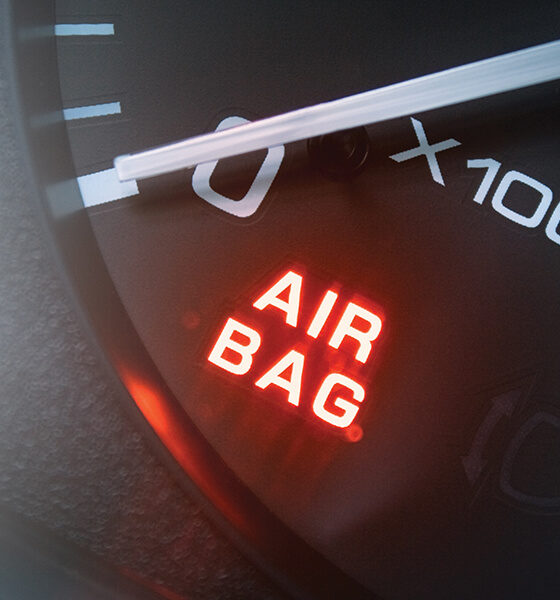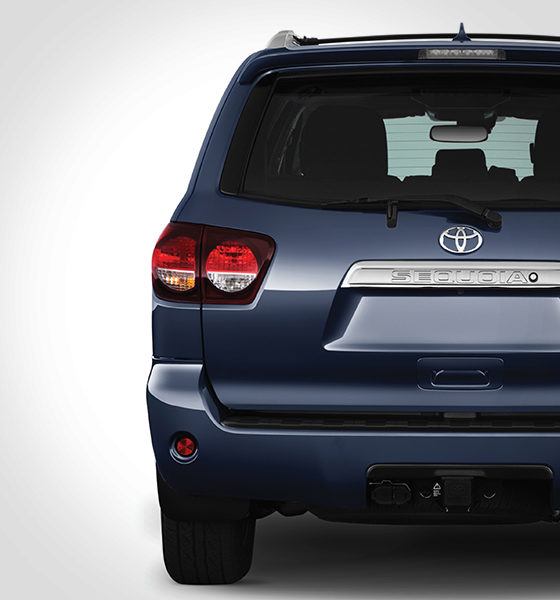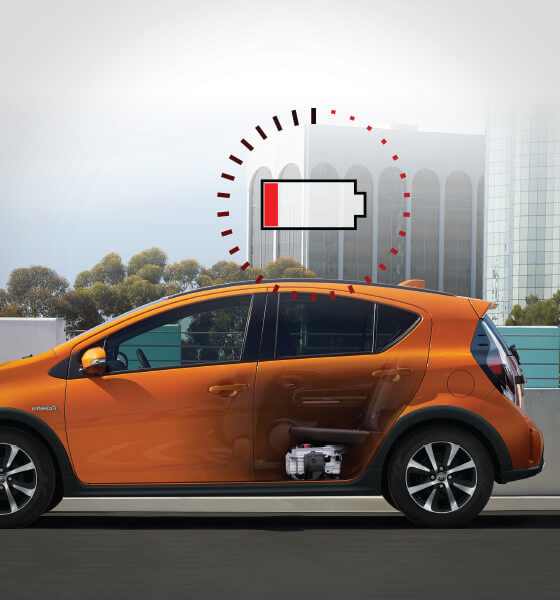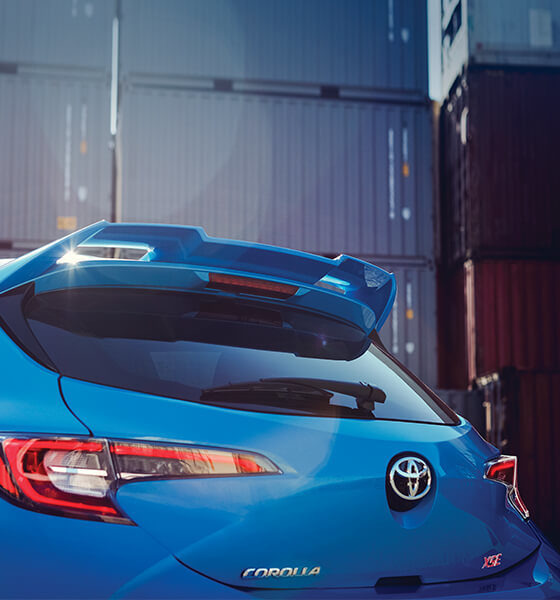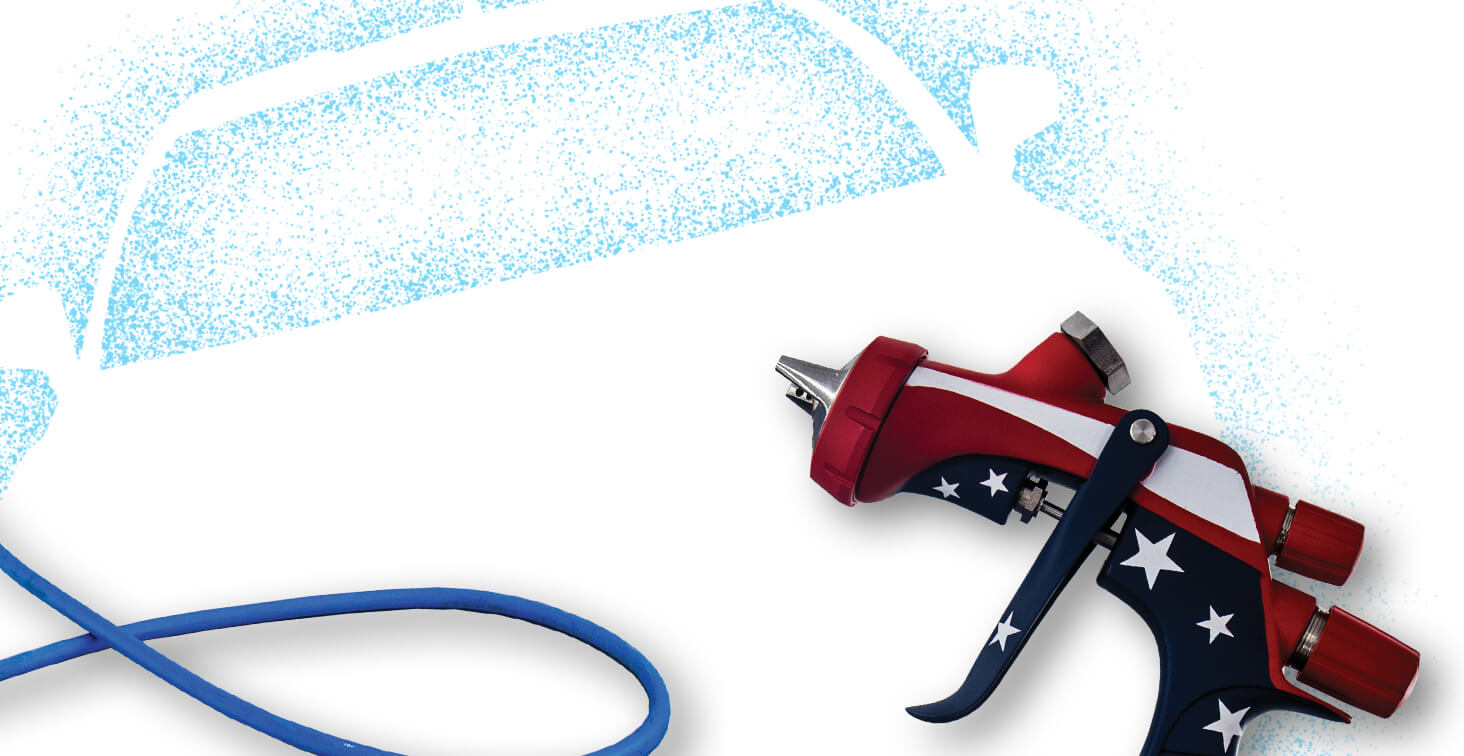
Collision Pros Magazine 2018 | ISSUE 4
Bonded Glass Openings: To Paint or Not to Paint?
Not Long Ago, This Was An Easy Question to Answer: If a Glass Opening was Damaged In a Collision, You’d Repaint During Repair
Today, manufacturing and repair techniques have changed dramatically. So, the answer depends on the extent and location of the damage.
Vehicles are now often manufactured so that the glass is an integral part of the body structure, featuring a metal pinchweld flange where the glass is bonded to the body. Once the body is completely welded, it’s dipped into a tank of water-based epoxy primer, referred to as ED or electro-deposition, and 300 volts pass through the body to attract the primer. It’s then put in an oven at 300° for 20 minutes to help cure the primer and paint, making it harder and more resistant to scratches and chips.
This process provides the best paint adhesion and corrosion protection and creates the perfect bonding surface for glass. The challenge is that a collision repair facility cannot produce the same results due to the complexity of the OE paint finish.
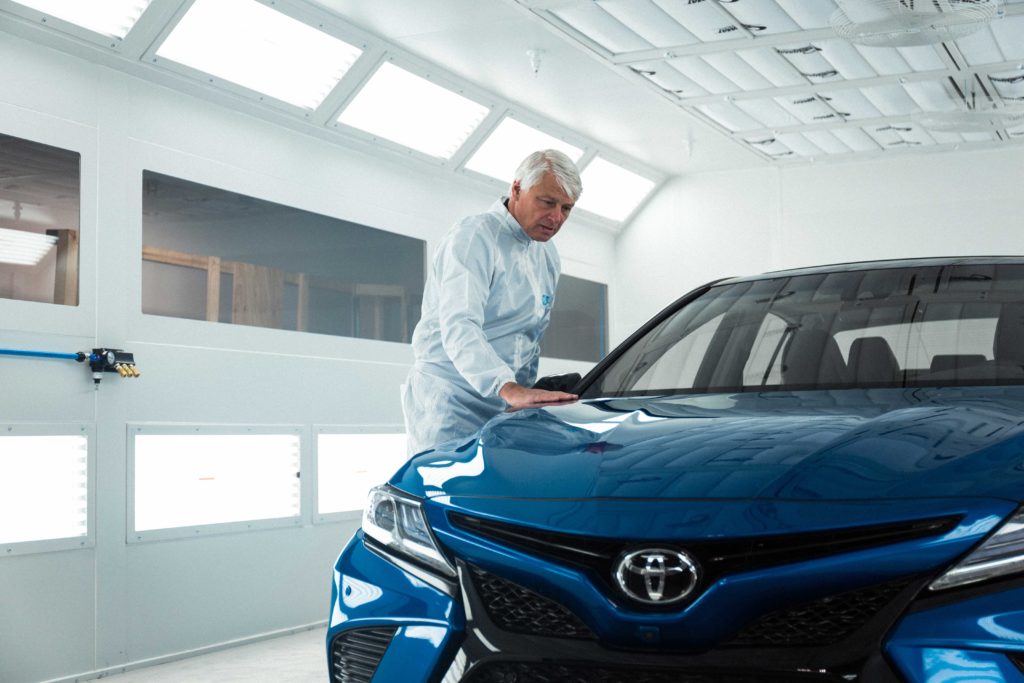
When you encounter a vehicle with damage to the glass opening of the body:
- Maintain as much of the e-coat as possible.
- If the e-coat can’t be maintained, use an aftermarket two component epoxy primer on the bare metal areas of the pinch-welds before using urethane repair materials when installing stationary glass.
- If metal repair or metal replacement is required, remove any corrosion and/or existing primer from the pinch-weld flange to expose clean, bare metal. Then to restore the bonding strength of the area, apply the epoxy primer and make sure it’s fully cured—this should be the only coating between the bare metal and the urethane adhesive.
- NOT just spray color and clear and then use urethane adhesive—that will not properly secure the glass and may compromise the strength of the overall structure.
If the glass is not properly bonded to the flange, it may alter how SRS systems function and how the structure reacts in a collision, even during normal body flexing and driving. Refer to Toyota CRIB Bulletin #127 in TIS and follow the recommended procedures to help maintain the structural integrity of the vehicle.
Bonded Glass Openings: For More Information
Reference Collision Repair Information Bulletin (CRIB) #127, available on Toyota’s Technical Information System (TIS).
